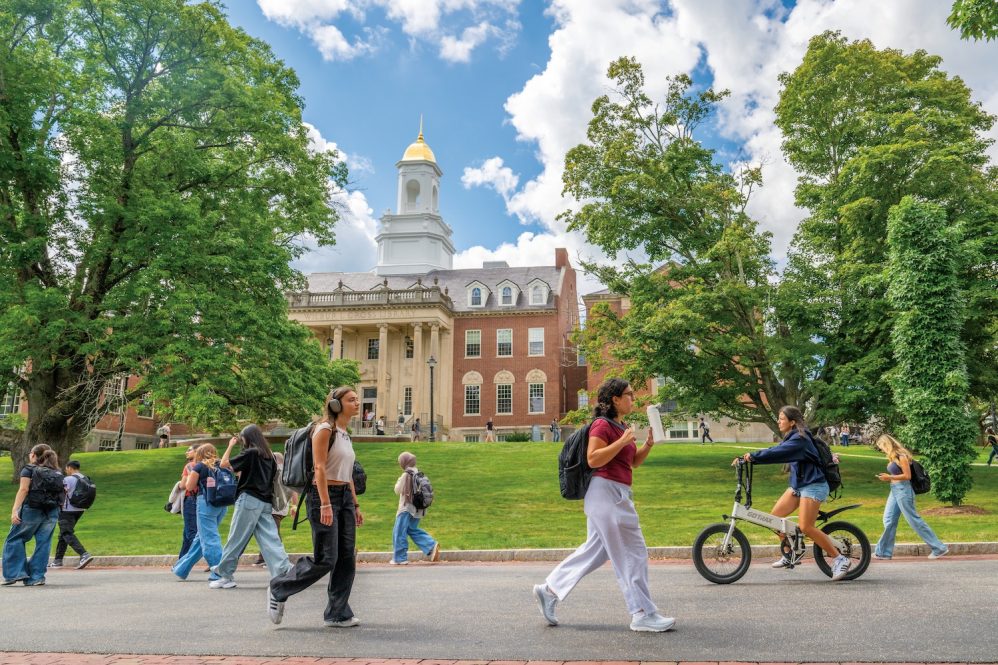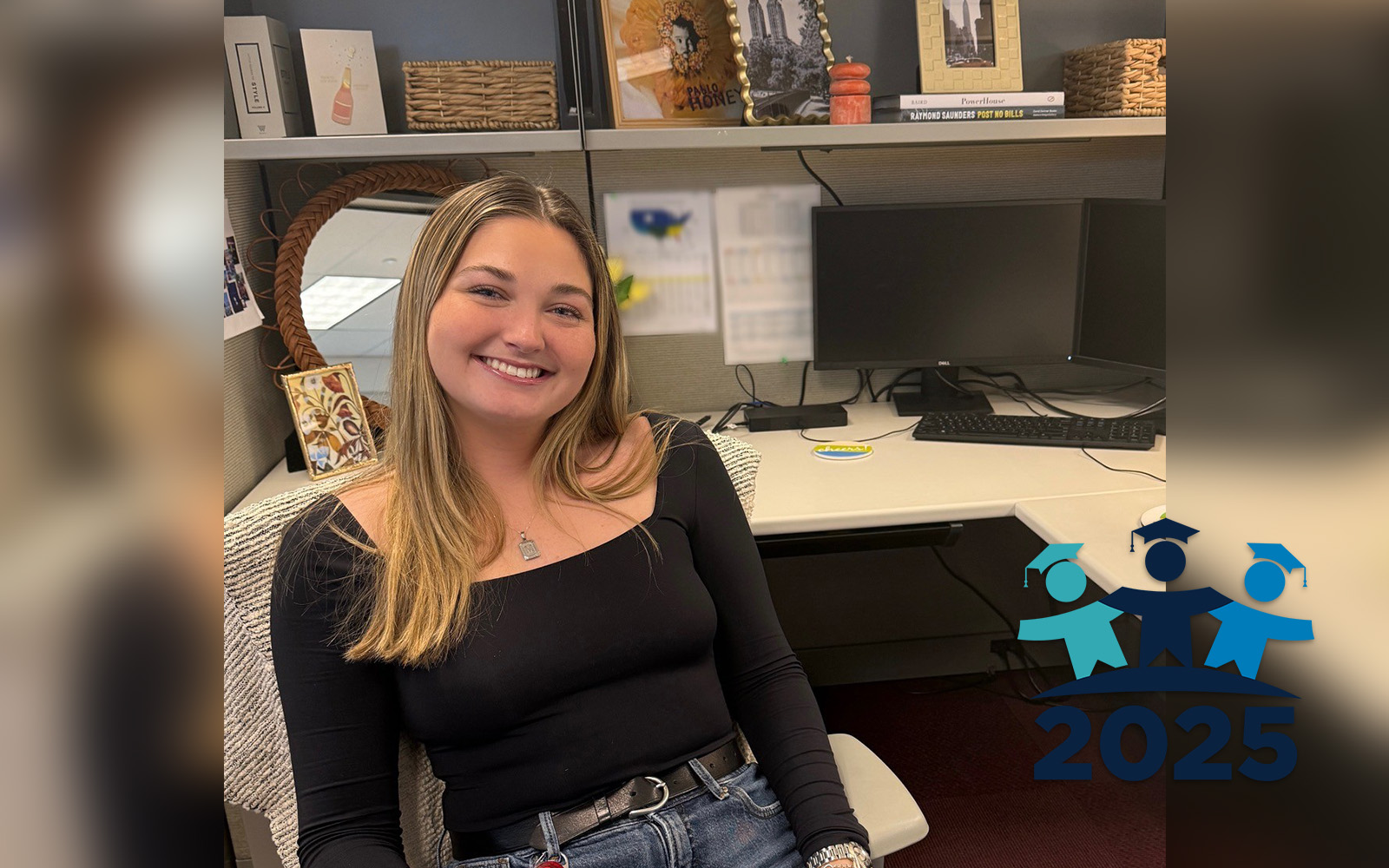Bridgeport public high school students who maintain strong academic performance will receive substantial financial aid to support their academic careers if they are offered and accept enrollment at UConn, thanks to a newly announced scholarship initiative.
The Bridgeport Promise program is similar to collaborations that UConn already has in place in New Haven, Hartford, and Waterbury to help support talented students who attend the university.
The Bridgeport Promise program was unveiled Wednesday in an event at Bridgeport City Hall that included Mayor Joe Ganim, Acting Superintendent of Schools Royce Avery, UConn Assistant Vice President for Enrollment Mona Lucas, UConn Director of Undergraduate Admissions Vern Granger, and other local and regional officials.
It goes into effect with the fall 2026 incoming class of graduating seniors from Bridgeport’s high schools who enroll in partner institutions. If they are offered and accept admission to a UConn campus, they would become part of its Class of 2030.
“We are excited about the partnership with Bridgeport Promise and eagerly await the opportunity to welcome the first cohort of Bridgeport Promise Scholars to UConn next fall,” Lucas says.
To qualify, the students must be identified by the Bridgeport Promise program as a finalist based on academic achievement and other requirements; gain admission to UConn on their own merits; meet deadlines to submit the Free Application for Federal Student Aid (FAFSA); and enroll in the fall semester immediately following their spring graduation.
The Bridgeport Promise Scholars at UConn will receive at least $5,000 per year from the University to be split between fall and spring semesters, paired with additional aid from the Promise program ranging from $1,250 to $2,000 per academic year.
“The Bridgeport Promise program is built on the partnership, equity, and belief that our kids have the potential to succeed,” Avery says. “For four consecutive years, Bridgeport students will receive the support they need to achieve their goal towards pursuing higher education.”
UConn students from Bridgeport comprise one of the largest cohorts, with almost 550 undergraduates as of the current semester who self-reported it as their town of residence. That’s fourth only behind Stamford, Mansfield, and West Hartford.
The Bridgeport natives are mostly split between enrollment at the Storrs and Stamford campuses, with a handful at the other locations.
For some students with modest family incomes, the combination of Bridgeport Promise funds along with other federal, state, and UConn aid could cover most or all of their tuition and fees, and potentially a large part of their on-campus room and board costs if they live in student housing.
The Promise programs, along with other forms of need-based and merit-based aid, are critical to UConn’s efforts to ensure access for talented and ambitious students, including those who are the first generation in their families to attend college and those who might have otherwise thought that a UConn education was out of reach.
UConn has one of the highest retention and graduation rates among public research universities nationwide and expects the trend to continue with the Bridgeport Promise students as it does with their counterparts in the New Haven, Hartford, and Waterbury Promise Scholars programs.
The $5,000 that UConn is committing per year for its Bridgeport Promise Scholars can be used for tuition, fees, room and board, books, and whatever other education-related costs remain for the students while enrolled in the University.
The Bridgeport Promise Scholarship is an award covering the Cost of Attendance gap (up to the annual scholarship maximum) that remains after the UConn partnership commitment and other accepted financial aid have been applied to a student’s bill such as grants, scholarships, and student loans.
The additional available financial aid may help many students afford to live in student housing if they wish, adding opportunities that might otherwise have been financially impossible.
And since public transportation between Bridgeport and UConn Stamford is easily accessible, those students also could choose to take advantage of the full breadth of a UConn education while remaining at home as proud Bridgeport residents.
“We are now at a critical point where our community and collegiate partners are transforming what it means to live, learn, and lead in Bridgeport,” says Faith Villegas, executive director of the Bridgeport Public Education Fund.



